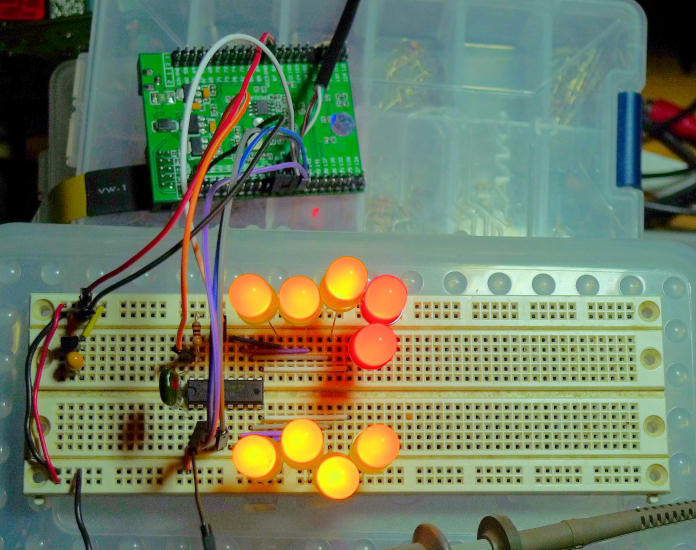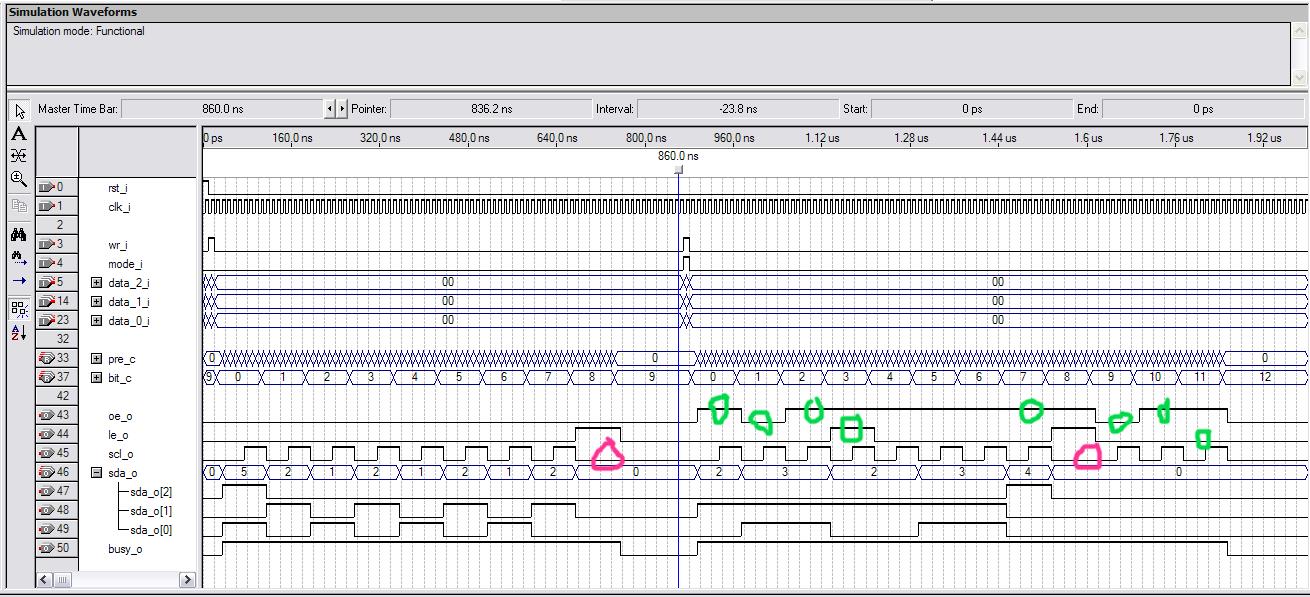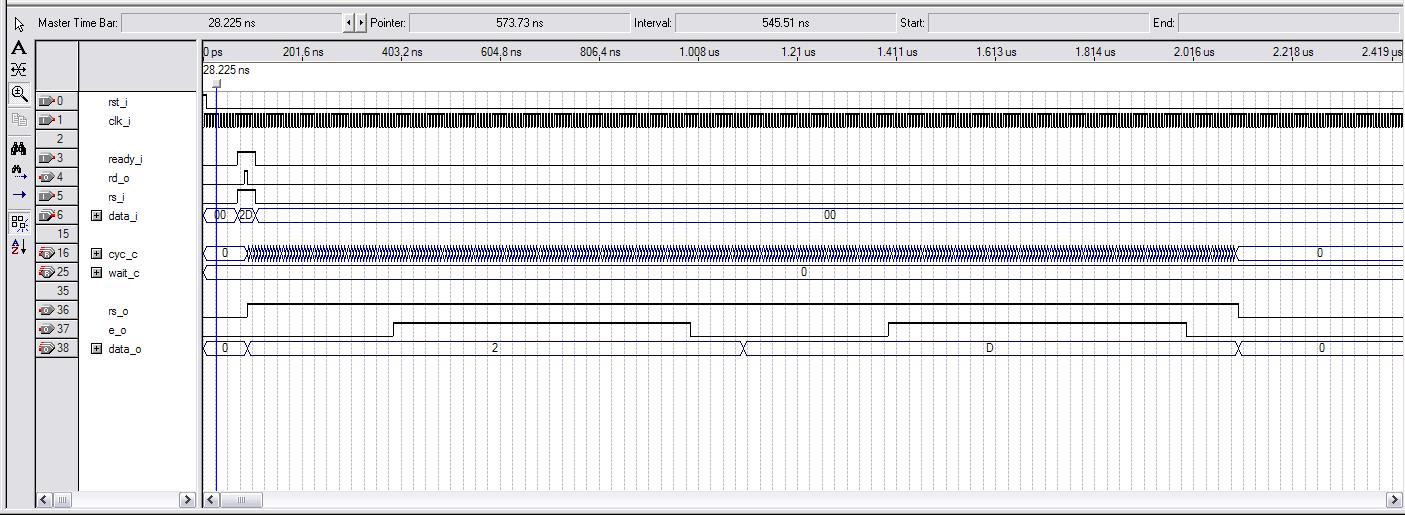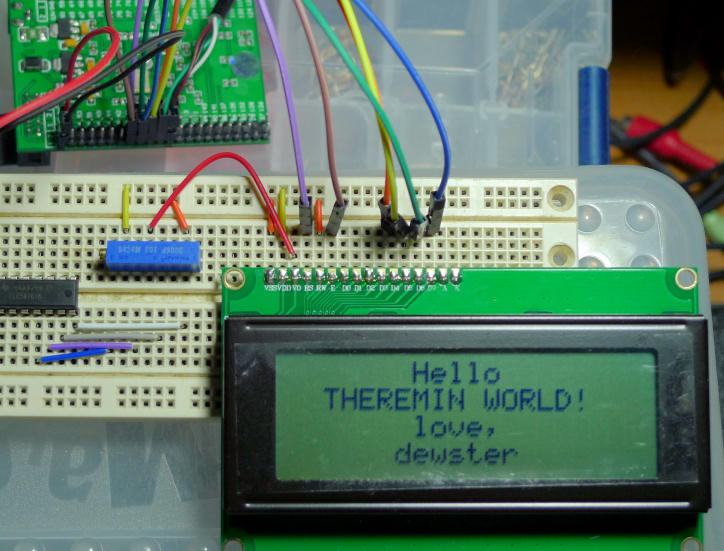Trying to read that patent but my eyes keep glazing over from all the gobbledygook. It claims the MSb inverter is part of a high pass filter block, but that's incorrect. The parallel data coming from a singly clocked LFSR is already ~differentiated if you consider it to be signed. The inverter merely converts signed to unsigned. IANAL, but I believe if you want signed and differentiated noise from an LFSR you can just use it directly (and sign extend it if necessary) and not infringe on the patent. If you want unsigned you would need the inverter, but it's not clear to me as to how this would be infringement either, as inverting the MSb is a well known method of converting signed <=> unsigned. Ugh, this shit just ties people's hands in nonsense.
One thing the patent mentions is the combination of uncorrelated noise samples leading to a triangular PDF (probability density function). You get a rectangular PDF when you throw one die, because the probability for each value 1 thru 6 are the same. You get a triangular PDF when you throw two dice, which is easily seen by listing all possible outcomes:
2 = 1+1
3 = 1+2; 2+1
4 = 1+3; 2+2; 3+1
5 = 1+4; 2+3; 3+2; 4+1
6 = 1+5; 2+4; 3+3; 4+2; 5+1
7 = 1+6; 2+5; 3+4; 4+3; 5+2; 6+1
8 = 2+6; 3+5; 4+4; 5+3; 6+2
9 = 3+6; 4+5; 5+4; 6+3
10= 4+6; 5+5; 6+4
11= 5+6; 6+5
12= 6+6
So you can see 7 is the most likely outcome, and 2 and 12 the least, with a linear slope to the probabilities on either side. Triangular PDF works well for dithering audio, but applications like video and NCO / NCPD work best with a rectangular PDF. Also, triangular dither requires an amplitude of 2 LSbs (post truncation), while rectangular dither only requires 1 LSb, so the injected noise with rectangular is lower. Anyway, one can see how combining two independent noise sources might lead directly to triangular dither.
To get Gaussian PDF noise (not mentioned in the patent) you add together a bunch of (5 or more - more giving a better approximation) independent noise sources. This gives a nice sinusoid, smoothing out the triangle above. Gaussian noise is most similar to the noise generated by analog electronics.
The patent also uses the length of the LFSR to generate multiple samples at once, and to store previous values, which is neat but quite obvious - so what is really unique and patentable here? To me it's exploitation of the otherwise problematic correlation of LFSR parallel samples separated by one clock.






